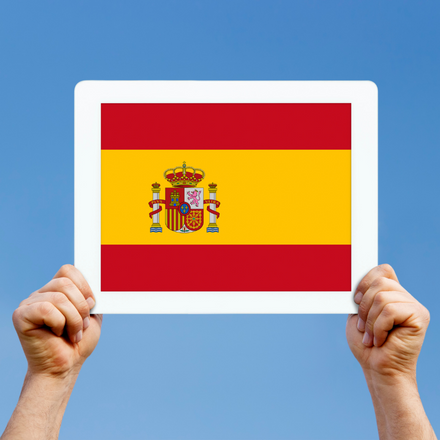When Hungary is mentioned, most people think of its breathtakingly beautiful capital, Budapest. And there are few on this planet who, after a face-to-face encounter with this seductress, have walked away unaffected. But to love the city and discard the country is a great tragedy. This proud and ancient nation’s charms can be witnessed throughout the land. It boasts fairytale-like castles and palaces, 2000-year-old Roman ruins and churches that could inspire the most ungodly to pray.
This modest, land-locked country might not be large, but it’s geographically diverse. It has various distinct landscapes and the climate can vary a lot. The country has long warm summers when the temperature can reach above 30 degrees celsius. January is the coldest month with temperatures around 0 degrees celsius. However, winters can get seriously cold, especially in the northern areas, with temperatures reaching far below 0. The mountainous areas are mainly found in the north where winter sports are very popular, but a large part of the country is covered by the Great Plains which are located in the central and eastern region and are generally flat and rolling.
Hungary’s history is a long, tragic, and often romantic tale, of a country caught up in conflicts that were beyond its control. From the founding of the nation by King Stephen I to the oppressive Soviet occupation during the twentieth century, Hungary has had many tribulations, and Hungarians are keen to relay these stories to those who care to listen. This makes the country a fascinating destination for culture and history enthusiasts. Around every street corner, there seems to be a site of great historical significance, not just to Hungary, but to the region, and sometimes to the world.
Teaching English in Hungary
Prospects for teaching work in Hungary are quite good although just being a native English speaker doesn’t command the same status as it once did. These days, most schools want to see some sort of proof that you can actually teach. A TEFL certificate or previous teaching experience is usually a prerequisite, but not always necessary. Lower paying work can usually be found for those without any experience or qualifications, especially in the smaller cities and towns.
There are also a number of private language schools throughout the country that offer part-time work and it’s common for them to offer some of the most attractive hourly rates available – anything between US$3 to $12. Average monthly salaries are around US$900 to $1000 for a 20/25 hour working week. This kind of salary is easily enough to live on in Hungary with the biggest overhead being apartment rental – you can expect to pay out nearly half your salary in rent. But if you are trying to save money, there are lots of opportunities to share. A comfortable, modest lifestyle can be maintained, but realistically, little savings can be made unless you are very frugal with your earnings.
Because schools do not advertise openly for teachers, the best way to find work is while you’re in the country. Calling, emailing, or visiting schools directly with a copy of your CV is advisable. However, occasionally local newspapers or events magazines can be a good source for contacts, so make sure you check them out too!
Culture
Hungary really is a unique place. It has its own, very distinct style of music, food, and art, which vary greatly depending upon where you are in the country. Many of their traditions are linked to their folk culture, with its Roma and Gypsy influence. Hungary also has an impressive classical music heritage, with Liszt and Bartok, a few of the names that are often cited when Hungary’s contribution to world art is in question. Although in more modern times Budapest has become something of a European jazz hot-spot, with festivals held in the summer and dozens of clubs opening throughout the city.
Another very distinctive Hungarian feature is its decorative arts and crafts. Hungarian folk art incorporates Renaissance and Baroque elements into both its ceramics and textiles. The result is a truly unique and stunning display of traditional handicraft that appears throughout the country. And, luckily for us, most of it is ridiculously cheap to buy.
Must see
Ecseri Flea Market – The largest second-hand market in Budapest. A popular day out for locals and tourists alike.
Esztergom – Originally a Roman outpost, it later became Hungary’s capital from the 11th to 14th century. The country’s largest Basilica, the Christian Museum and the Museum of the Stronghold of Esztergom are all big draws for tourists.
Castle Hill – One of the top attractions in Budapest, and a UNESCO World Heritage Site. The cobbled streets and galleries and museums seem to go on forever. A charming place which cannot be covered in one visit.
Lake Balaton – A popular holiday destination for Hungarians with some great beaches and good facilities for tourists. Siofok, on the south shore of the lake, has arguably the best beach. Keszthely is a charming old town nearby which boasts the Festetics Palace with its Helicon Library and the Balaton Museum. Heviz, Europe’s largest thermal lake is only a short drive away.
If you would like more information on TEFL Courses and how you can become a TEFL teacher click here





looking for art teacher jobs